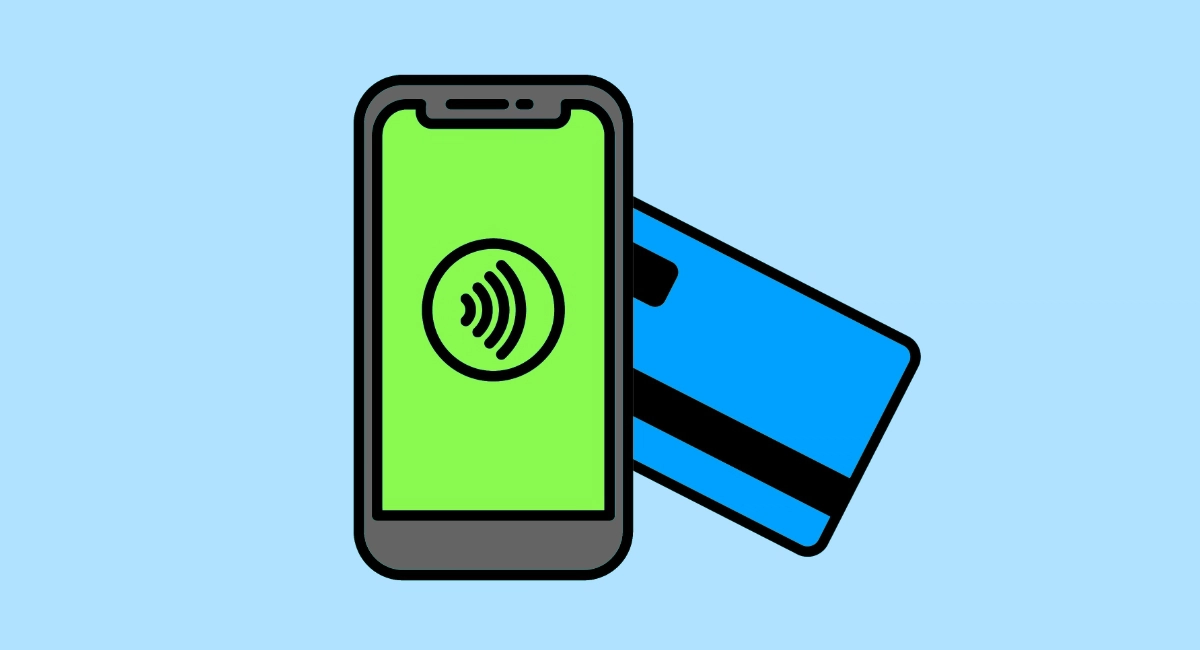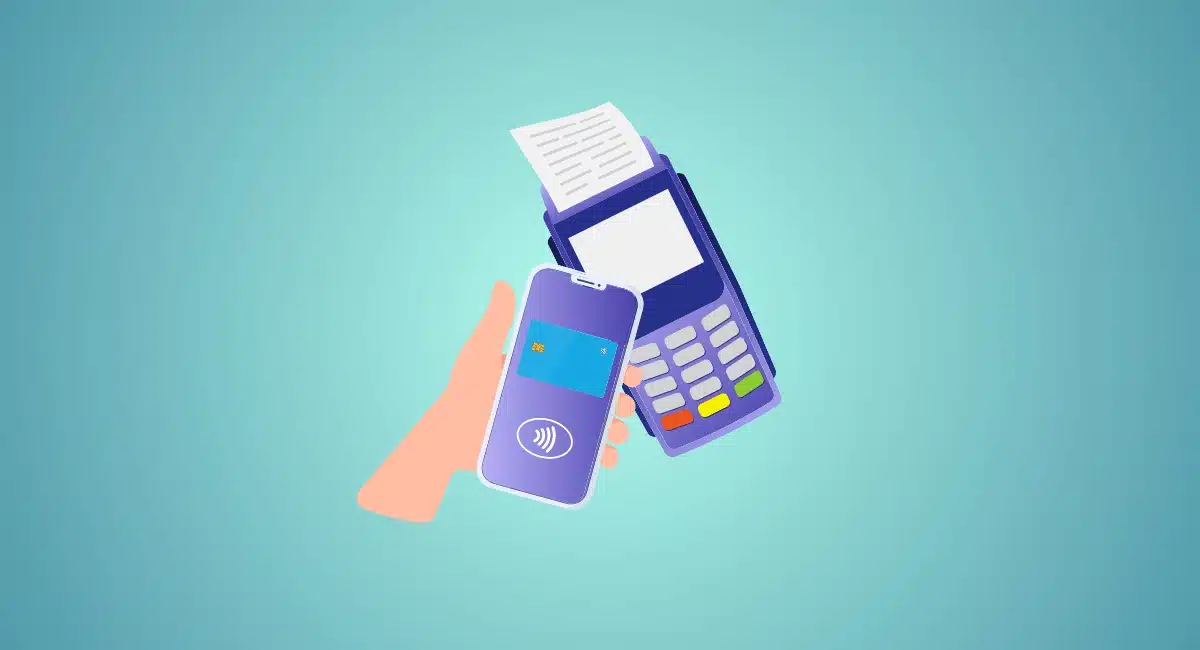SMS payments are one of the easiest and safest ways to pay for items. For the user there is no need to remember passwords or have access to their credit card or bank details; in fact, users don’t need to have a bank account at all, which explains why SMS payments are so popular in countries like India as well as in Africa and Latin America.
All they need to do is text a premium SMS and their purchase is complete. In most cases it takes less than a minute and they don’t have to worry about anyone getting hold of their bank or credit card details.
The basics: What are SMS payments?
Types of SMS payments
There are three ways in which SMS payments can be accessed:
1) Via a website and a code. The customer is sent to a web page and is given a code. They then send this code to the text number shown on the screen. They then receive another text allowing them access to their content or confirming that their ticket, parking etc. has been paid for.
2) By entering their mobile phone number directly onto a website. The SMS payment provider then texts this number with a code. The user then uses this code to access online content.
3) Via a direct text. This is primarily used by charities and also by service providers such as Post Danmark, and transportation providers. The user simply sends a text to the number advertised and receives their post or ticket in return. Or in the case of charities, a thank you from the charity.
Note in all cases purchasers will be sending a premium SMS. This is how the company gets its payment.
But how does my money get to the company?
The customer pays for a premium SMS which includes the cost of the item or service they have purchased.
This money is deducted from a pre-paid mobile or added onto the customer’s bill.
When the bill is paid, the mobile operator takes their share of the SMS premium price. The mobile phone operator then sends the rest of the payment to the SMS payment processor company that operates the SMS gateway for the company the customer purchased from.
The SMS gateway is the name for the number to which a customer sends a text to buy a product or service.
The SMS payment provider takes their share of the revenue and passes the rest onto the company that supplied the product or service.
At no time are the customer’s details revealed to anyone but the mobile phone operator. This is why SMS payments are safe, easy and secure.
Learn more: Are SMS payments secure?




